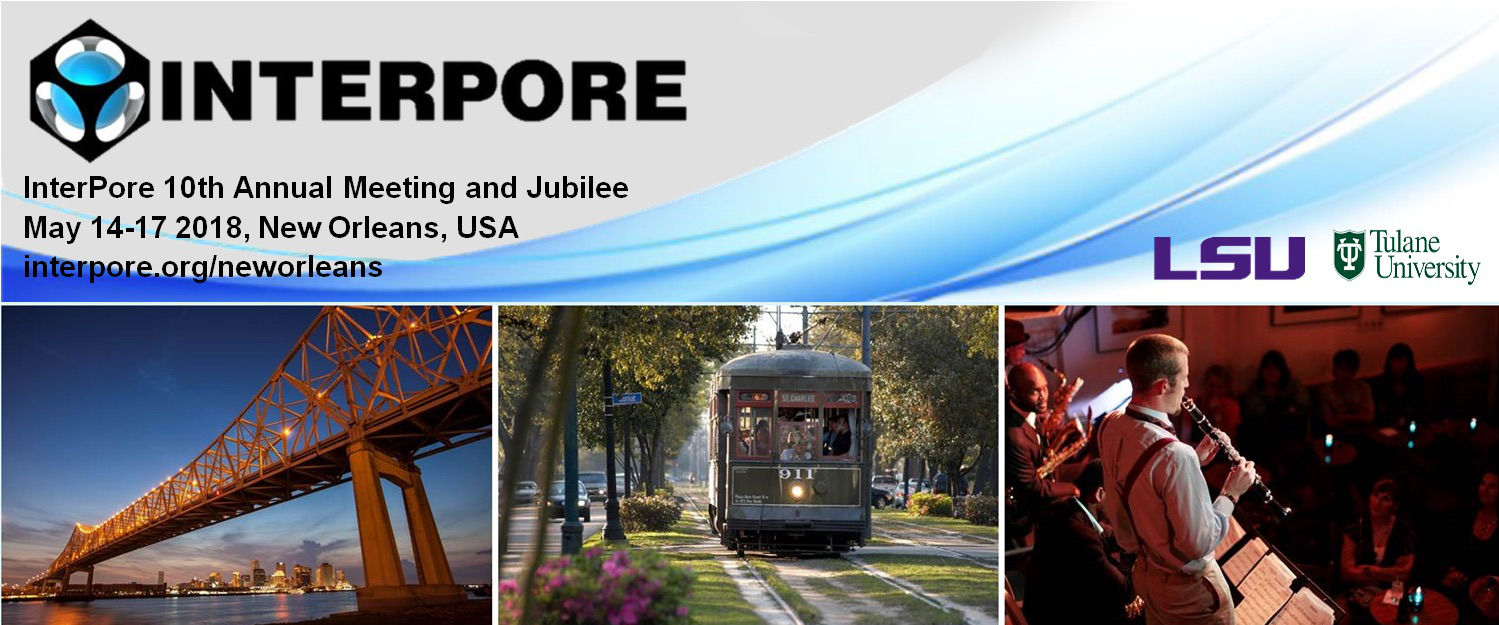Speaker
Description
Understanding root water uptake is indispensable for the optimization of plant growth and crop yield against the background of growing world population. One strategy to understand how root water uptake functions is the knowledge of water flow from bulk soil to the root, passing the root-soil interface: the bottleneck for water uptake. Whereas direct flow imaging of fluxes in the above-ground plant stem has been performed by the group of Van As[1], little is known about flow pattern and velocities in the soil-root compartment. This is due to the low flow velocities based on the transpiration rate of the plant resulting in velocities of some tens of micrometer per second. Recently, it has been shown by Spindler et al. [2] that mean flow rates of a homogeneous flow as low as 0.06 mm/s can be measured even under the influence of internal magnetic field gradients using 13-interval stimulated echo multi-slice imaging (STEMSI) .
In this work we extend the mapping of low flow velocities with STEMSI on heterogeneous flow patterns occurring by draining around a suction cup with a diameter of 5 mm set into fine sand. Time independent flow was regulated using constant external pressure difference to define the boundary conditions for later numerical simulation. The position of slices was chosen so that three different types of flow regimes were represented: At a sufficient distance above the suction cup homogeneous plug flow was monitored. Directly above the cup, flow converged to the center of, with the highest flow velocities in vertical direction in the center. The convergence became obvious by the x and y components of the flow velocity vectors which point unambiguously to the center. In the capillary below the suction cup we found the expected parabolic flow velocity profile. These experimental patterns have been reproduced satisfactorily by numerical simulations using 2D axissymetrically simulation using the Richards equation based Hydrus2D software[3].
These experiments have been extended to monitor flow pattern occurring in a real soil – plant system, and first results will be presented.
References
- Van As, H., et al., Soil-Plant-Atmosphere Continuum Studied by MRi, in Encyclopedia of Magnetic Resonance. 2012, John Wiley & Sons.
- Spindler, N., et al., NMR velocimetry with 13-interval stimulated echo multi-slice imaging in natural porous media under low flow rates. Journal of Magnetic Resonance, 2011. 212(1): p. 216-223.
- Simunek, J., M.T. Van Genuchten, and M. Sejna, Recent developments and applications of the HYDRUS computer software packages. Vadose Zone Journal, 2016. 15(7). doi: 10.2136/vzj2016.04.0033, 2016.
| Acceptance of Terms and Conditions | Click here to agree |
|---|


